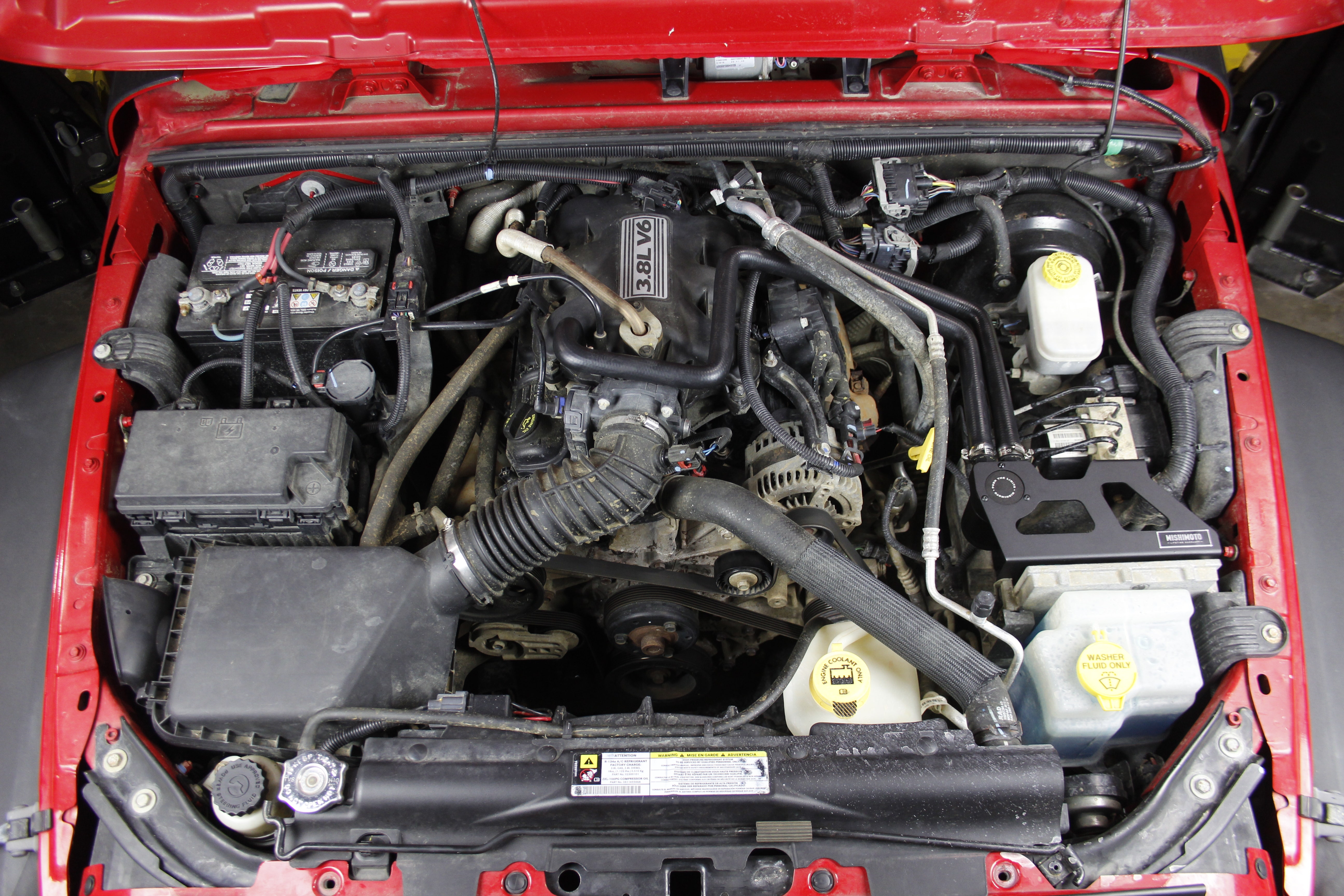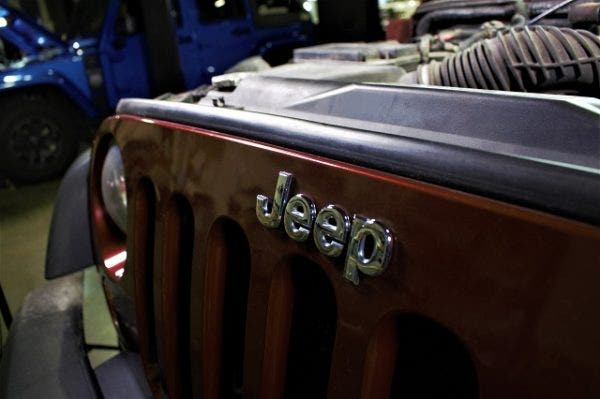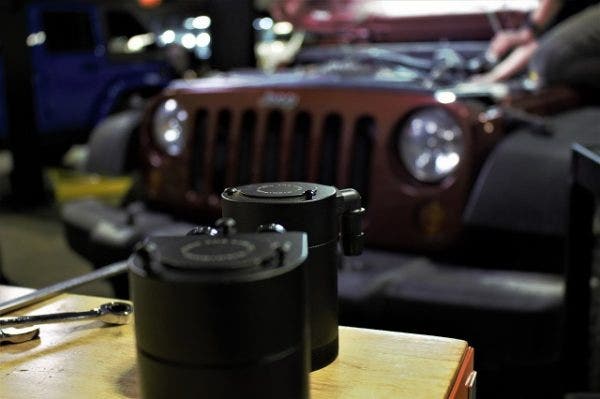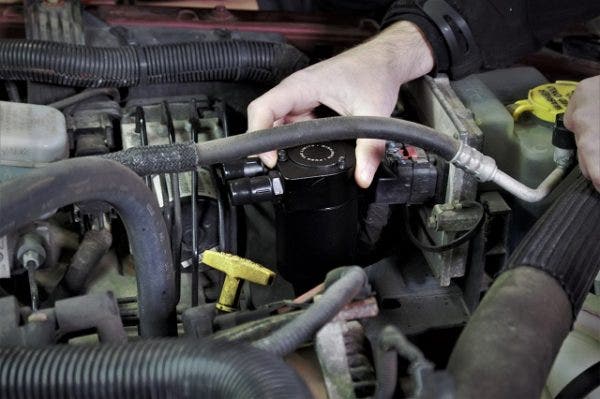
Got Trucks, Got Jeeps (VOL. 1) - Catch Can R&D Part 1: The 3.8L Stock System
Do you know the origin of the term Jeep? Some say that during WWII, these vehicles were referred to as General Purpose vehicles, and soldiers began slurring the acronym, G.P., into Jeep, hence its name today (there's a similar story behind the term Humvee). Others say that the name was derived from the popular cartoon character, Eugene the Jeep, from when the Popeye show aired back in the 1940's. Eugene the Jeep was a "go anywhere, do anything" type character, and interestingly enough, the US government had a contract sent out to several automotive manufacturers requesting a vehicle to replace the horse that was able to go anywhere and do anything. Are we going to try and debunk this once-and-for-all? No, I'm no historian. While there is still a lot of background I can go into there, this is a blog about awesome vehicle product development, so let's get to it.
We already know that the Jeep name is synonymous with utility. Their notoriety soared for being the go-to service vehicle during some of modern human history's scariest times. They reliably got down and dirty to take care of business and our troops. We want to return the favor by providing some added protection for some of the most popular Jeeps on the road in today's day and age - the Wrangler.

The front grill of our loaner 2008 Jeep Wrangler
While we have a large line of Jeep products that will keep your 2007-2011 JK running like a top, there is one area where we know we can help improve. I'm talking about oil blow-by; what is that you ask? Let me explain.
Nowadays, engines have their fuel delivered via direct injection as opposed to older engines where they used port injection. With port injection, the fuel injectors are situated right inside the intake manifold, producing a fuel stream to mix with the air. That air/fuel mixture is introduced into the combustion chamber through a valve. As the fuel passes over the valve area, much of the debris left over from combustion gets cleaned off - because as we all know, gasoline is an excellent solvent.
Direct injection, however, places the injector inside the combustion chamber, where the fuel can't reach the valves like it does in port injection. This means the valves don't get cleaned by the fuel, leading to carbon deposits on the valves. These deposits are caused by the oil and fuel vapors getting vented into the intake via positive crankcase ventilation and crankcase ventilation valves - the PCV and CCV systems. Eventually, a coating of oil and fuel, known as blow-by, builds up and back of the valves. We go into even more detail about the dangers of blow-by in this technical article, be sure to check that out!

Our catch cans are made of billet aluminum
A common method of preventing blow-by is through use of catch cans, and this is what we are going to work on for this application. To get started on this project, we needed a Jeep! It turns out that our Digital Marketing Coordinator owns and drives one, and she has willingly let us user her JK as the guinea pig for this catch can project (thanks Meg!). It's always convenient when the vehicles we need to get our R&D done are sitting in our parking lot, it cut down on a lot of production time. All we have to do, is pull this jeep into our garage and begin working on it - and be done before the day is over, which is sometimes harder than it sounds. Luckily, one of the greatest strengths of a Jeep is their simplicity, so our lead engineer dove into this project head first and began dissecting.

Pointed out is the routing of the PCV line
If you own this model year Jeep, you know that these 3.8L EGH V6 engines are notorious for wildly inefficient oil consumption. In fact, Chrysler has actually stated, on numerous occasions, that these 3.8L engines can go through a quart of oil every 1000 or so miles. That's a lot. You'll also know that carbon buildup and pinging are both common issues with these engines, and they contribute to the increased oil consumption over the lifetime of the 3.8L. Since we now know that carbon buildup is a direct result of blow-by, a catch can would serve this JK well.
I know that a lot of you out there have made your own catch can setups due to the lack of quality, direct-fit kits out there, but Mishimoto has you covered. We will make this kit look awesome, perform even better and be painless to install. In the next update, we will go through the chosen location for mounting our setup and go through the prototype design. Stay tuned!

Possible mounting location of our upcoming Wrangler JK catch can!
-Diamaan









